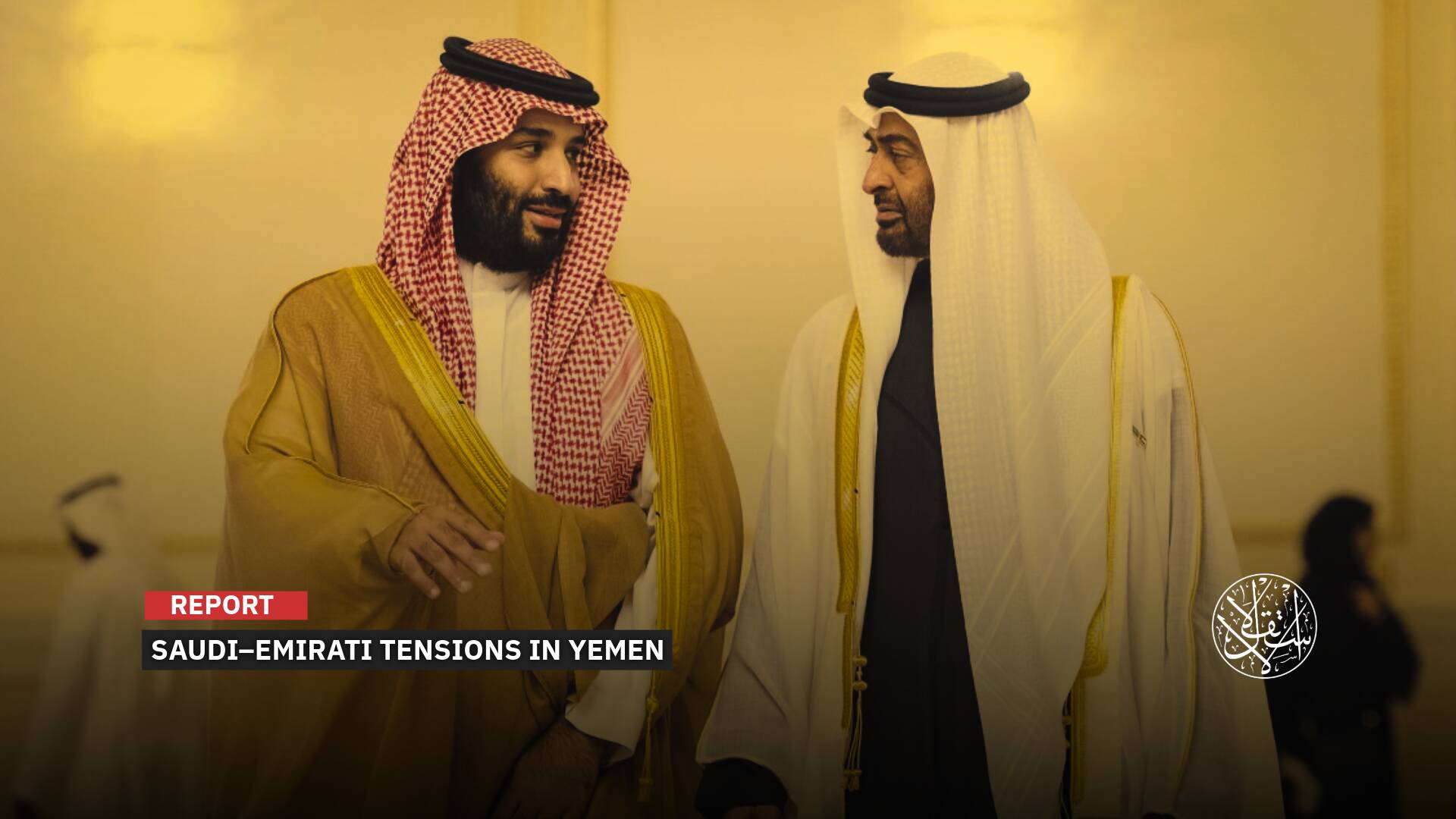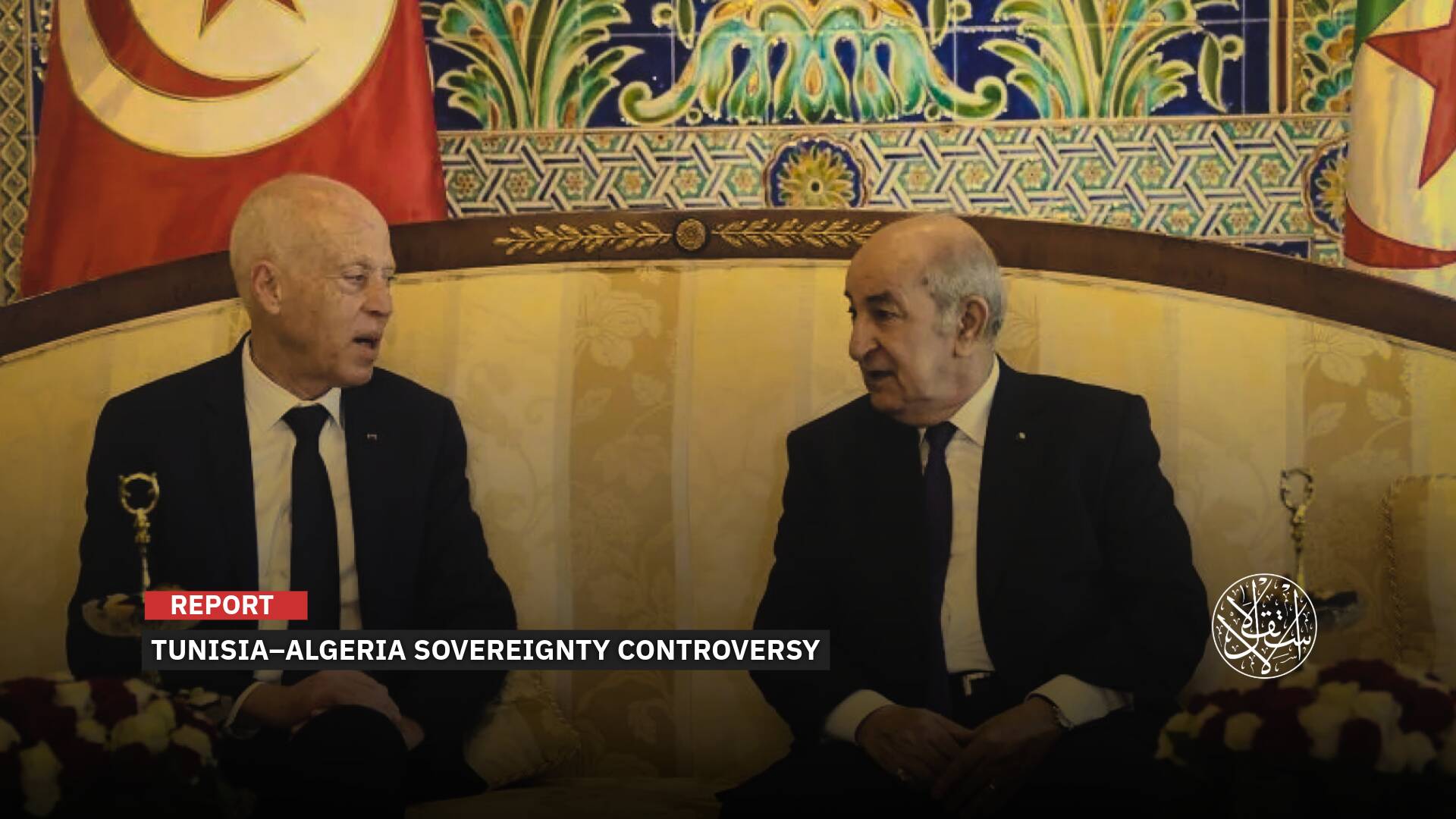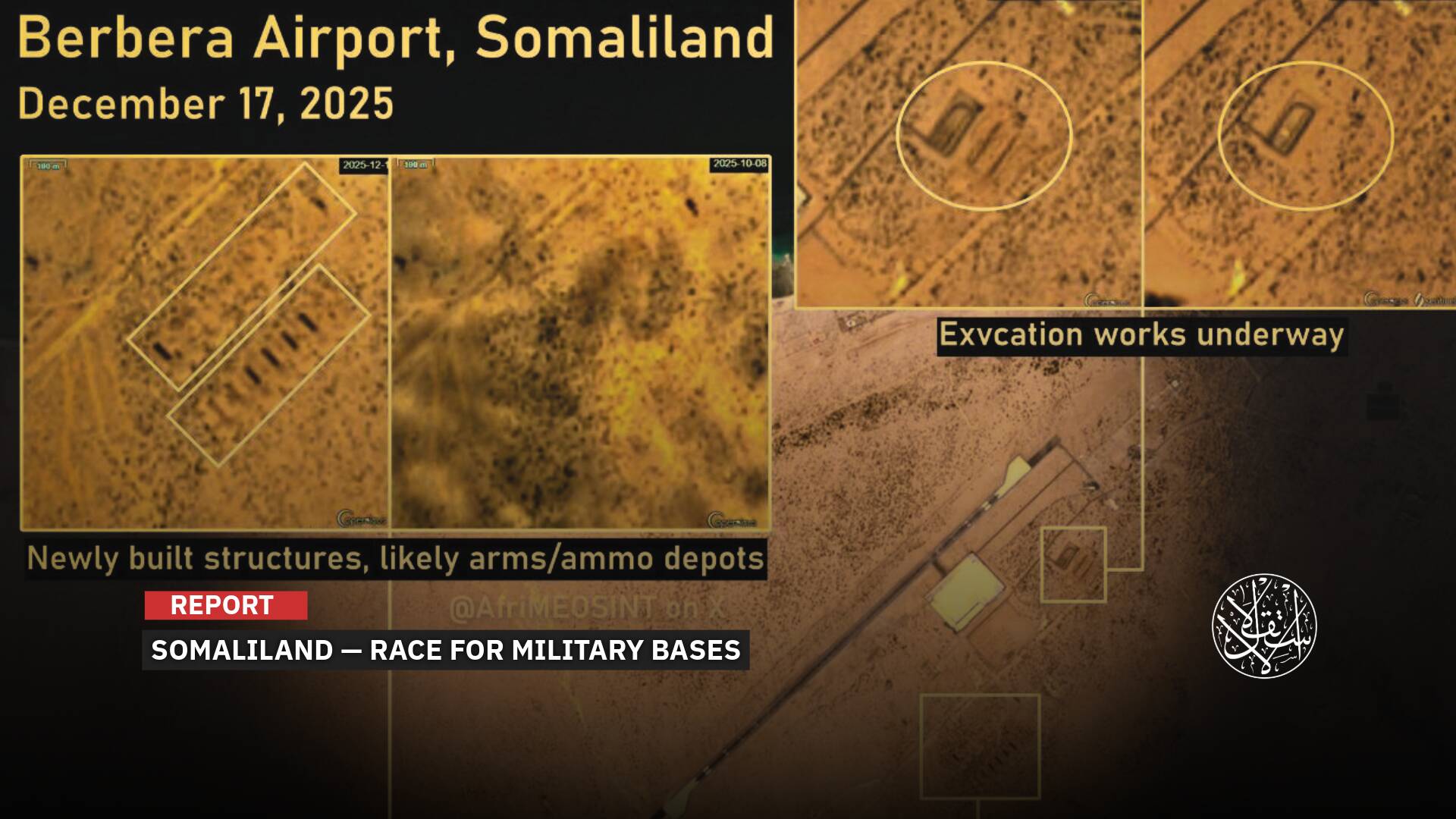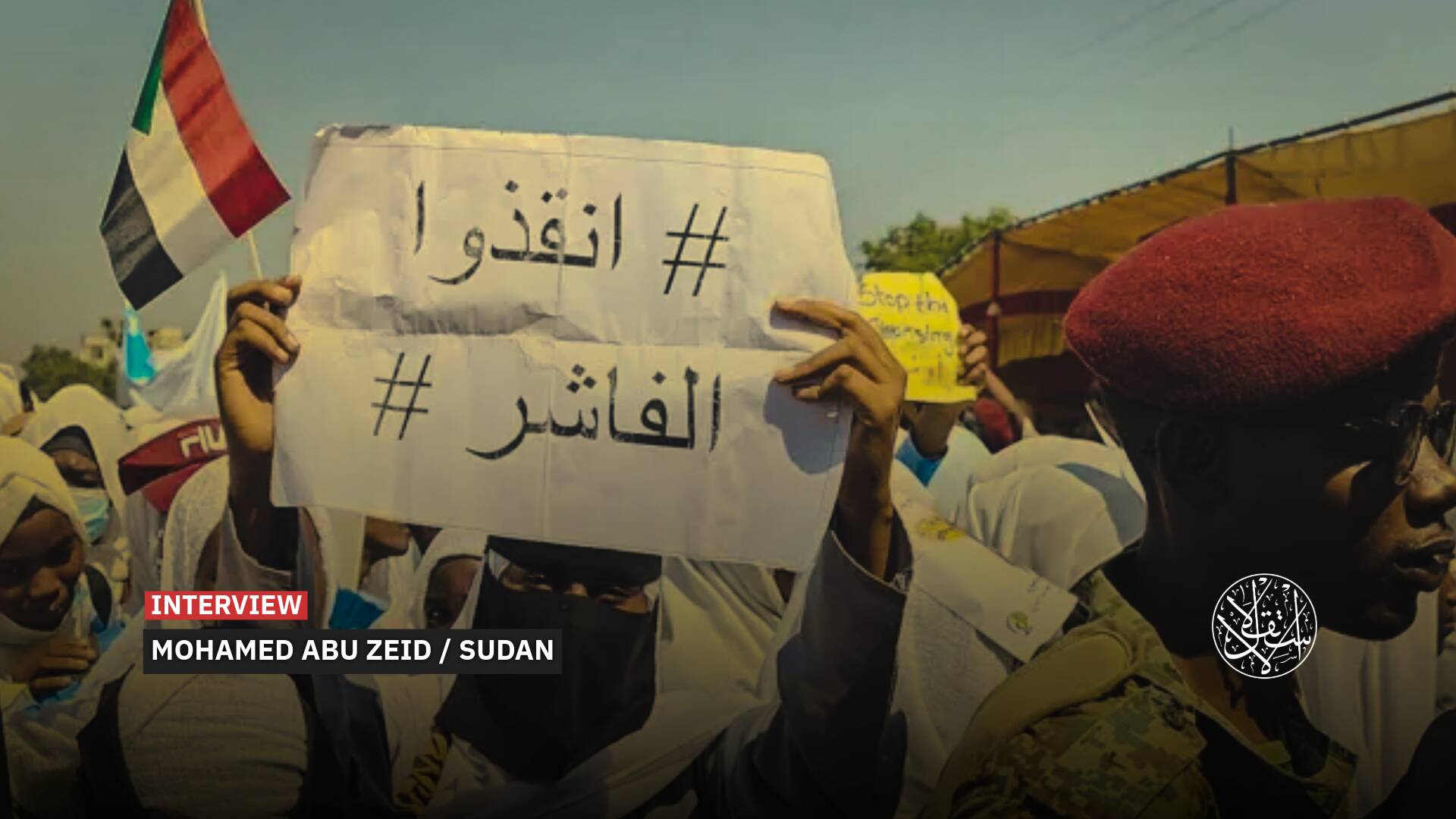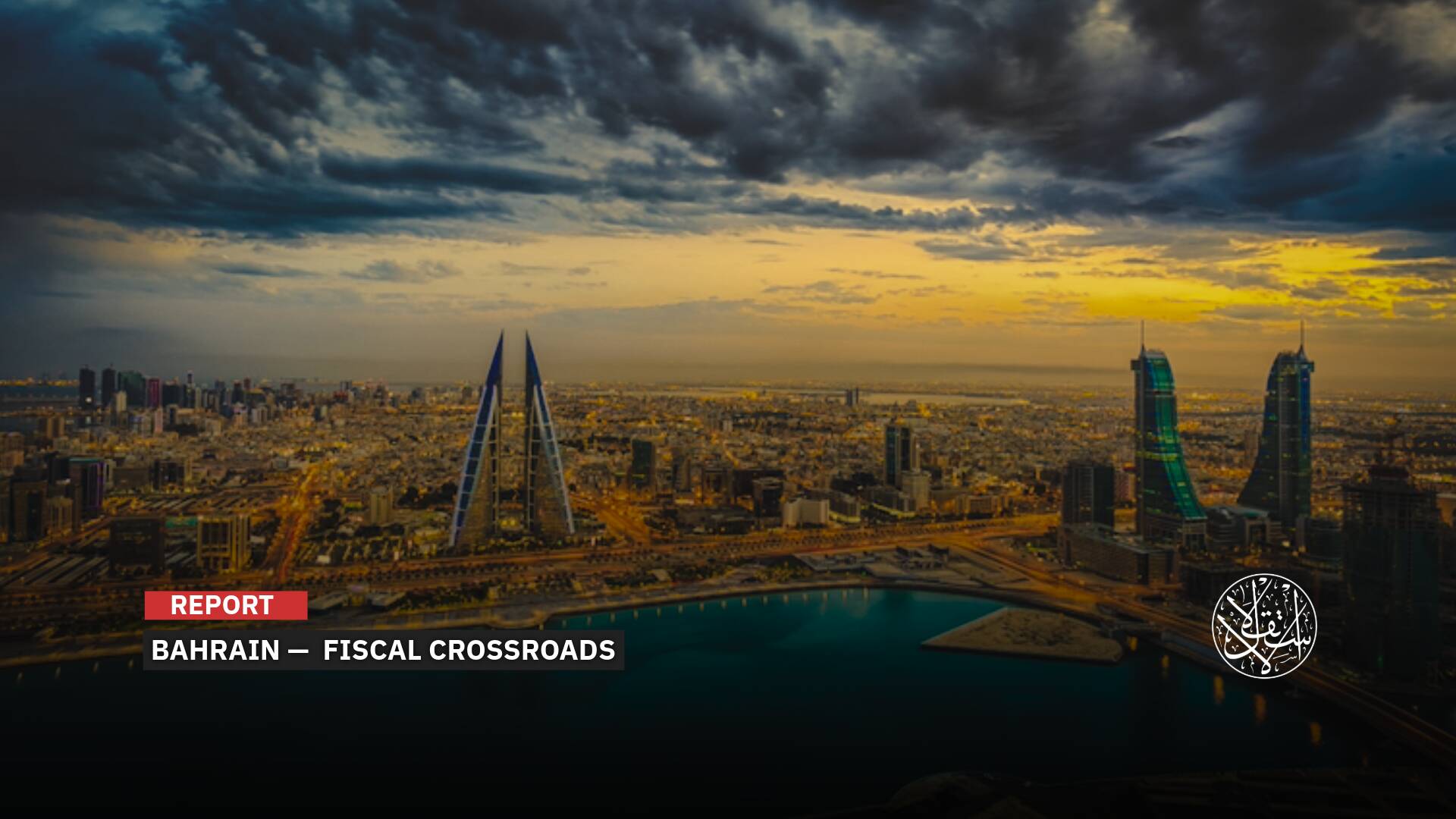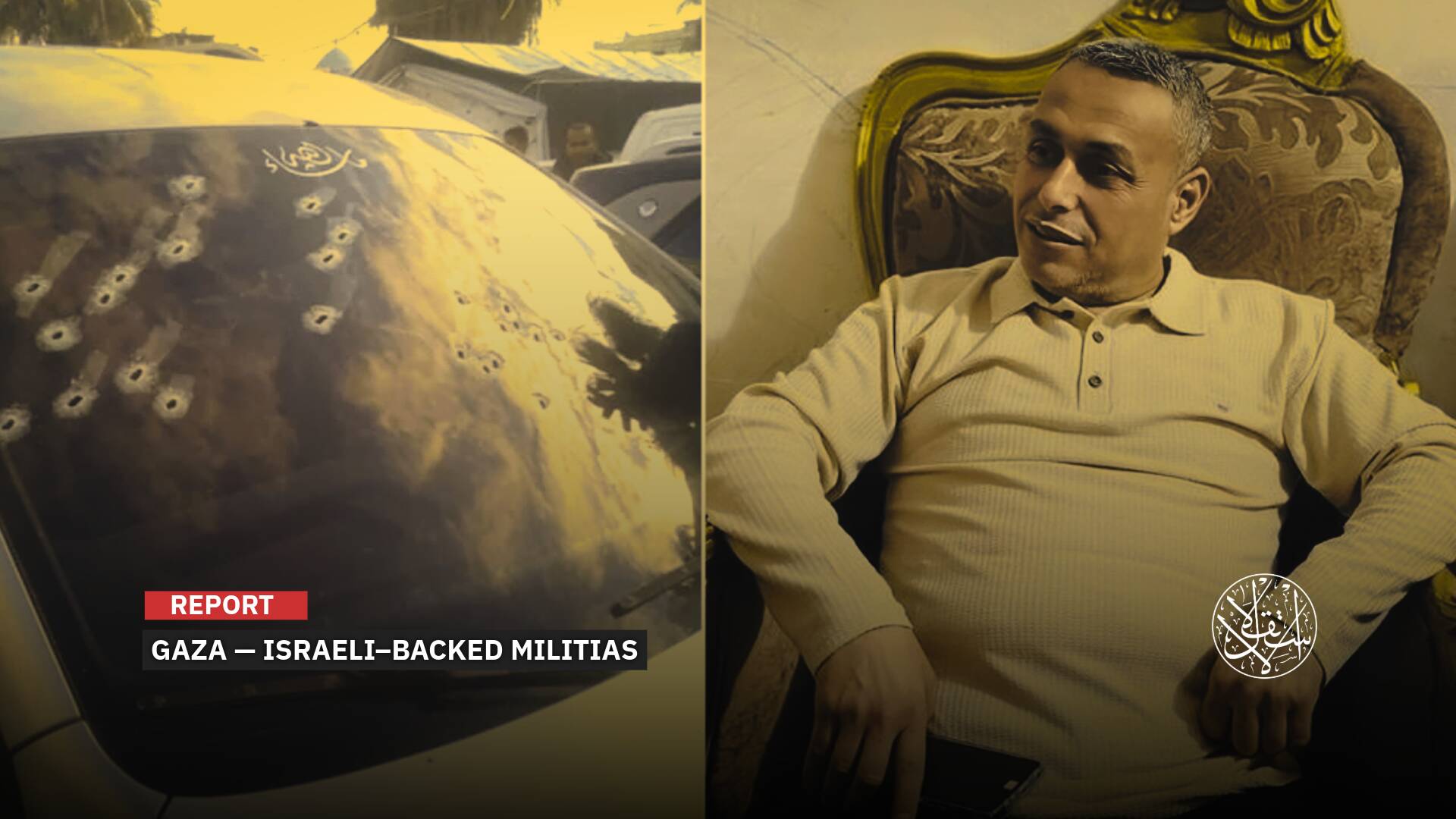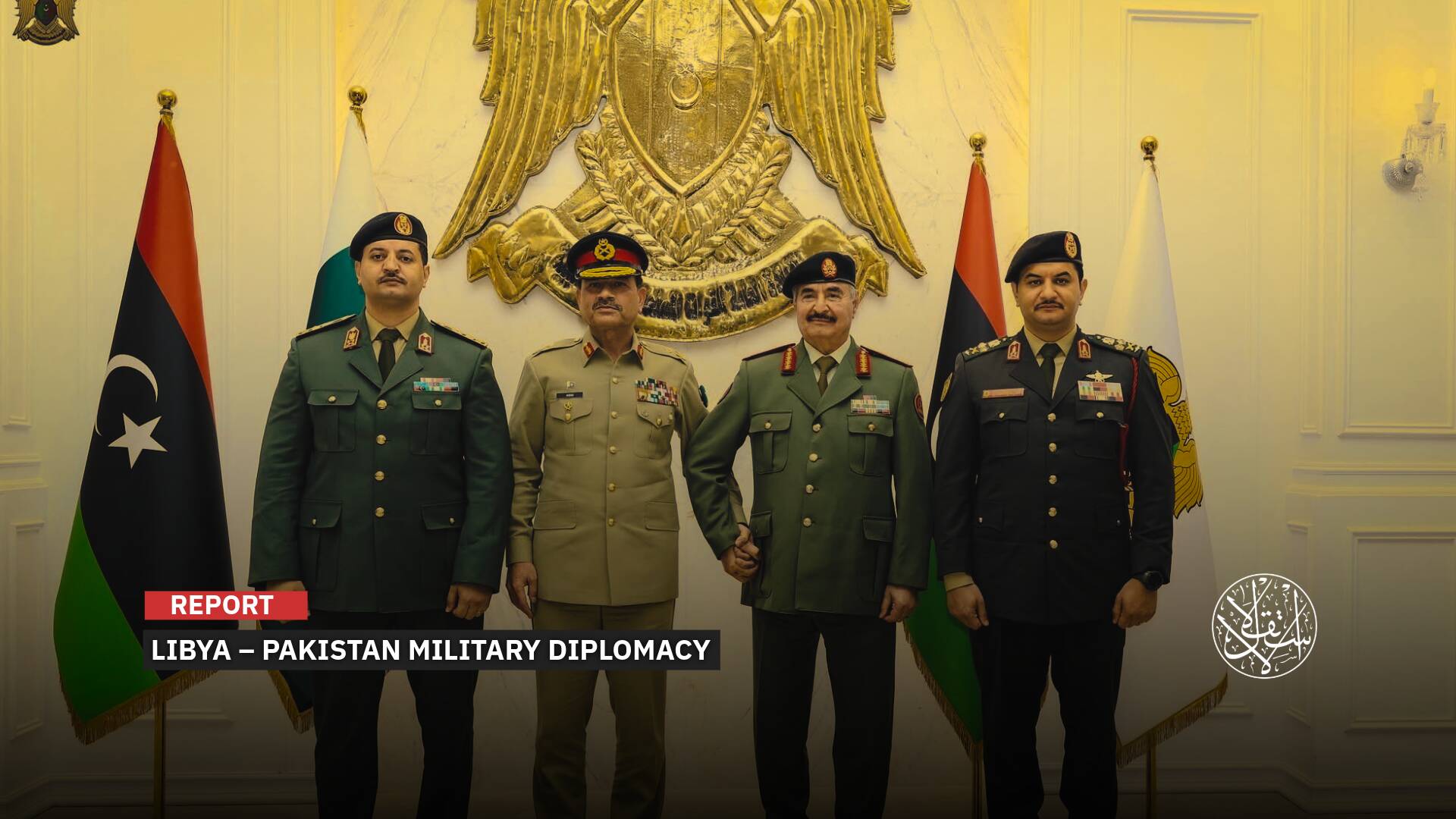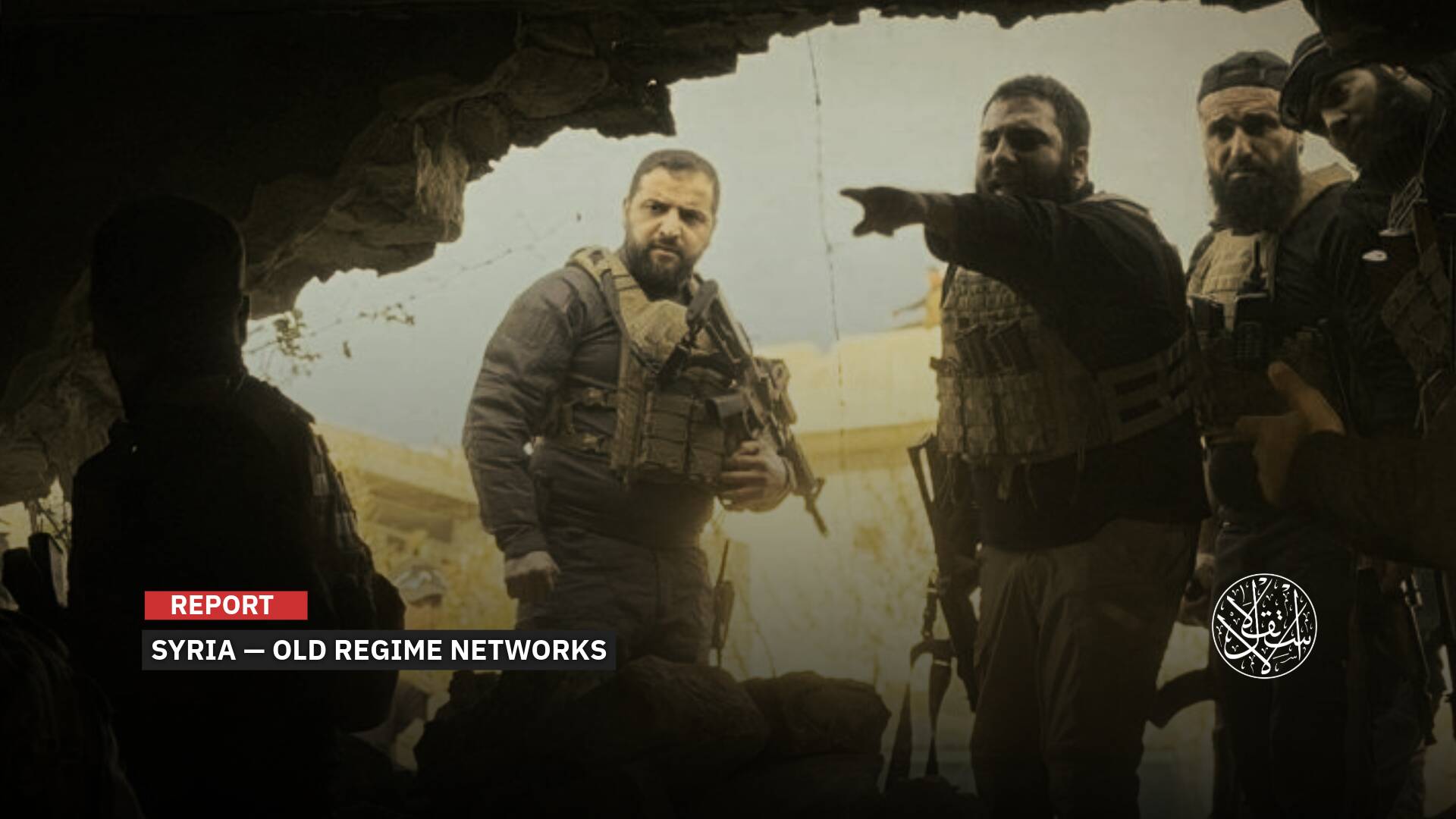Despite Making a Russian Model, Why Is Moscow Using Iran's Drones in Ukraine?

Ukraine's expulsion of Iranian students studying in its universities exposed their country's official role in supporting Russia with suicide drones in the invasion that broke out at the dawn of February 24, 2022.
The 1,424 Iranian students did not expect that their university studies in Ukraine would be undermined as a punishment from the latter for Iran's support for the Russian military operation.
Punishment of Iranians
Middle East Eye reported on October 8, 2022, that Ukraine had begun expelling Iranian students from the country in response to Tehran's exports of drone technology to Russia.
Iranian students told the website, "Ukrainian immigration officials gave this reason for refusing to extend student visas, and put a red stamp on a page of their passports, preventing them from entering Ukraine for the next three years."
The website quoted an Iranian student as saying: "The immigration officer acted with us very angry and told us that our visa would not be extended because of the drones and military officers that our country sends to train the Russians."
The student added, "The immigration officer looked directly into my eyes and said: You are rejected because you are Iranian, and your country provided drones to Russia.
"You should be responsible for the activity of your government," the immigration officer told the Iranian students.
A number of Iranian students tried to get approval to attend the online classes, but Kyiv refused.
The United States, which is leading the West in repelling the Russian attack and militarily supporting Kyiv, has been warning since the outbreak of the operation of attempts by Russian President Vladimir Putin to strengthen relations with Iran amid the Ukrainian conflict.
Indeed, Putin visited Tehran on July 19 and met Supreme Leader Ali Khamenei and President Ebrahim Raisi on his first trip outside the former Soviet Union since the invasion of Ukraine.
On the other hand, US National Security Adviser Jake Sullivan confirmed, on July 11, that the United States has intelligence that "the Iranian government is preparing to supply Russia with hundreds of drones, including combat and suicide bombers, within a very short time."
According to military experts, the drones are diverse and vary in their capabilities and the goals for which they were made.
The drones contribute to many tasks in battles, including identifying enemy targets, carrying out reconnaissance missions, and carrying out specific air strikes.

Drones Cemetery
On September 17, 2022, the Wall Street Journal quoted Ukrainian leaders as saying that Russia had managed to inflict heavy damage on Ukrainian forces using Iranian suicide drones.
As a result, the Ukrainian government announced, on September 23, the cancellation of the accreditation of the Iranian ambassador.
A few days later, on September 26, journalist Viktor Kovalenko wrote on his Twitter account that "the Ukrainian armed forces attacked a Russian base in the occupied city of Skadovsk in Kherson Province."
This resulted in the deaths of 20 military instructors from Iran who were teaching 40 local residents and 20 Russians how to operate Iranian Shahed-136 drones.
The #Ukrainian Armed Forces precisely struck the Russian base in occupied #Skadovsk city, #Kherson province killing ~20 military instructors from #Iran who were teaching 40 locals + 20 from Russia (also KIA) to operate Shaheed-136 drones. Source: Ukr. journlo Roman Bochkala pic.twitter.com/UQQTCY05Ur
— Viktor Kovalenko (@MrKovalenko) September 26, 2022
On September 24, 2022, Ukraine reported the first Russian attacks carried out using Iranian drones and confirmed the shooting down of at least seven drones, including six Shahed-136 suicide bombers, near the two ports of Odesa on the Black Sea.
The Southern Military Command of Ukraine also indicated that the drones included, for the first time in Ukraine, the Mohajer-6, a larger Iranian drone.
Immediately, Mikhailo Podolak, an advisor to Ukrainian President Volodymyr Zelensky, tweeted, "Iran is supporting Russia by providing modern drones to a dictatorship country to kill Ukrainians, he said."
As of October 5, Ukrainian forces confirmed the downing of 6 Iranian Shahed-136 suicide drones launched by Russia in the south of the country, wounding a person in the town of Bila Tserkva, about 100 km south of Kyiv.
It is noteworthy that the US Treasury preceded Iranian support for Russia by imposing, on September 9, sanctions on the Safran airport services company based in Tehran.
The ministry accused the aforementioned company of coordinating Russian military flights between Iran and Russia, including those associated with the transfer of drones, personnel, and related equipment.
The Treasury Department also included in its sanctions list Paravar Pars, a drone engine design and manufacture company, and Baharistan Kish, saying that they engaged in the research, development, production, and purchase of Iranian drones.
The Ukrainian air defenses did not stop shooting down Iranian drones until the battlefields in Ukraine became a real cemetery for hundreds of drones that Iran sold to Russia of the Mohajer-6 and Shahed models.

Cooperative Deal
On July 16, 2022, a Russian delegation visited Kashan Airport in central Iran for the second time to inspect two Shahed-191 and Shahed-129 combat drones to be used in the war against Ukraine.
Middle East Eye reported that Iranian military trainers believed to belong to the elite force of the Iranian Revolutionary Guards were on the ground in Ukraine to train Russian forces on how to use the suicide drone known as Shahed-136.
The Ukrainian government said the Iranian trainers were stationed in a Black Sea village in the Kherson region and in Dzhankoi in Crimea, which has been occupied by Russia since 2014.
On October 15, 2022, the US-based Institute for the Study of War confirmed that "the IRGC is notably the primary operator of Iran's drone inventory."
So these Iranian trainers are most likely members of the IRGC or affiliated with them.
Iran is the fifth most developed country in the manufacture of drones, after Russia, "Israel," and China, while the United States comes in first place.
On May 28, 2022, the Iranian army revealed an underground base for its military drones, which includes 100 drones that it keeps in the heart of the Zagros Mountains.

Combat Drones
The Shahed drone, designed by the IRGC, was revealed in September 2013. It has a length of 8 meters, a height of 3.1 meters, and a wingspan of 16 meters.
The unmanned drone can fly 24 hours continuously and carry out its missions at a distance of 1,700 kilometers and at an altitude of approximately 24,000 feet.
Shahed has the ability to carry 8 bombs or missiles simultaneously to fixed and moving targets weighing 100 kg and can be directed via satellite.
The Mohajer-6 is the newest member of the Mohajer family of drones, first revealed in March 2017 and used in July 2019.
The drone falls under the category of tactical combat drones and is used by the IRGC and the Iranian army in their operations.
Mohajer-6 has a radius of about 2,000 km and is capable of carrying 40 kg of smart bombs.
The speed of Mohajer-6 is about 200 kilometers per hour, and it can fly 12 hours continuously at an altitude of 18,000 feet, and it carries out various operations against fixed and moving targets.
In the face of this data, the most important question arises: What drives Russia to hire Iranian drones, as long as it has an advanced industry in this field?

Russian Tactic
Military experts confirm that Russia has resorted to Iranian drones as part of a tactic based on missing the opportunity for the United States to reveal the advantages of Russian drones in the event that they fall into the hands of the Ukrainians, especially as Washington seeks to drain Moscow in Ukraine and expose its secret and strategic weapons.
But nevertheless, the Russian army used its drones, such as the Lancet-3 suicide bombers and Orlan-10, especially in eastern Ukraine, the Donbas region, and the Zaporizhzhia region.
During the battles, these Russian drones destroyed the American HIMARS systems, howitzers, and other Western weapons obtained by Kyiv.

British military analyst Jeremy Penny told AFP on October 8 that "failure rates for Iranian drones are high because the systems are not particularly high quality."
"In addition, the explosive power is relatively low, so it is believed that the rallies do not have a significant impact on the course of the war in Ukraine," he said.
However, on the other hand, it is difficult for radar screens to detect Iranian drones. According to what the American newspaper Politico quoted a Ukrainian soldier as saying, her unit lost two tanks with the entire crew during a drone attack near Kherson. In addition to that, these drones put great psychological pressure on civilians.
The Russian army is trying to reduce the use of its drones frequently in the battles of Ukraine because Moscow cannot produce drones again due to Western sanctions imposed on it.
It has become very difficult for it to obtain components and spare parts for drones, according to Middle East Eye.
Sources
- Ukraine expels Iranian students following Iran drone sales to Russia
- Ukraine Says Russia Used Iranian Suicide Drones To Hit Small Town
- Iranians trained Russian forces to launch suicidal drones on Ukrainian cities, says report
- Putin Visits Iran for First Trip Outside Russia Since Ukraine War
- Iran Sends Drone Trainers to Crimea to Aid Russian Military



